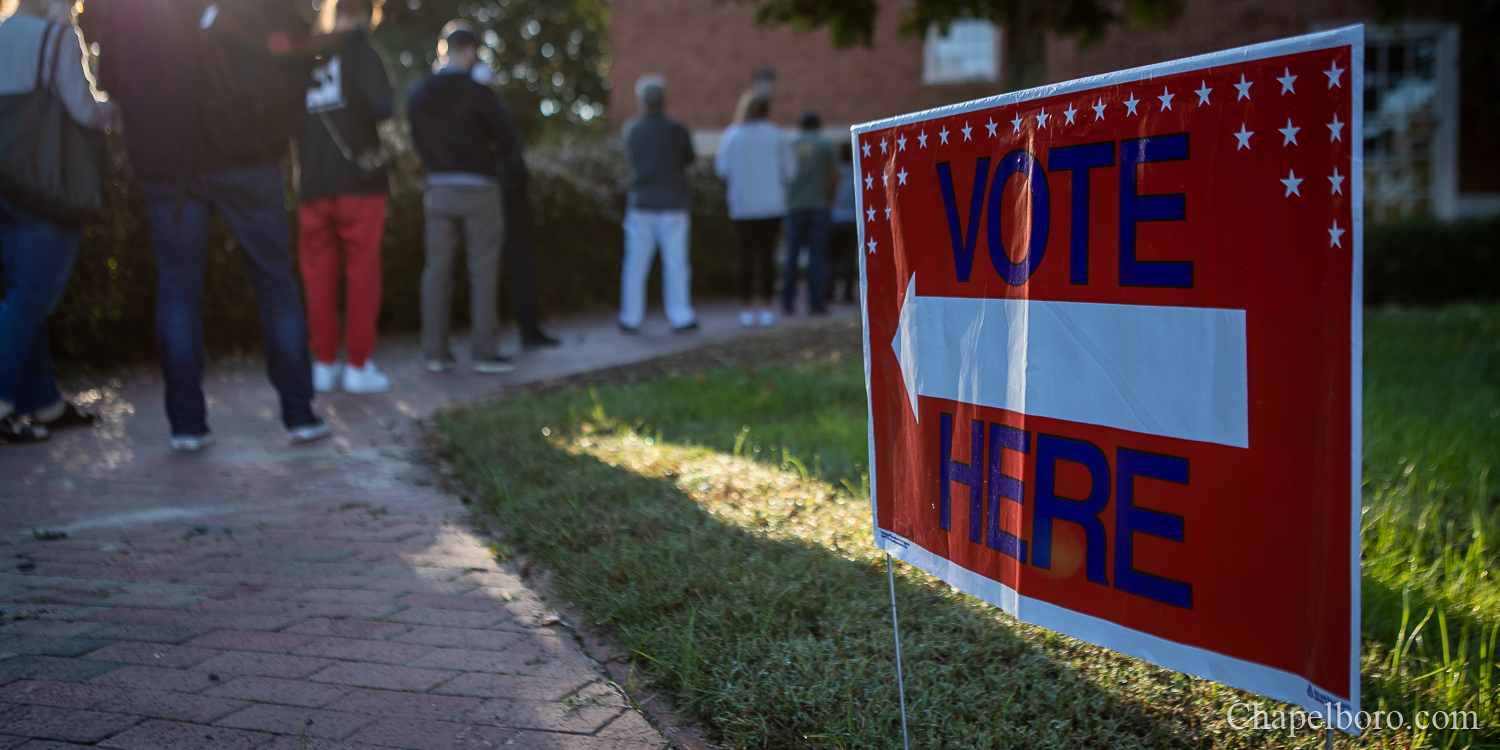The 2014 midterm election is just a little more than two months away, but with so many close races nationwide, pollsters are finding it hard to predict how it will go.
At stake – among other things – is control of the U.S. Senate. Democrats currently hold a 53-45 edge in the Senate, but Republicans are poised to make significant gains this year, particularly with the impending retirement of some popular Democrats in otherwise right-leaning states. (Also noteworthy is that Senators are elected every six years – so the seats up for grabs this year were last at play in 2008, an unusually strong year for Democrats. A few Democrats won close elections in 2008 on the coattails of then-candidate Barack Obama – but the President’s approval rating today is low, so a close association with Obama could have the opposite effect this time around.)
But even though voters generally don’t approve of the President, they also dislike his opponents. Across the nation, voters are expressing disapproval of Democrats and Republicans alike – and that means it’s entirely unclear who will come out on top in November. (In spite of the uncertainty, Public Policy Polling director Tom Jensen says this has been the least enjoyable election he’s ever covered, simply because the mood is so sour across the political spectrum.)
Jensen says he’s finding a similar story in many Senate races: the Democratic candidate is slightly more popular than the Republican, but that Democrat is being weighed down by his or her association with the unpopular president. If the election turns into a referendum on Barack Obama, Jensen says, Republicans will likely make big gains – but if voters cast ballots based on how they feel about the candidates themselves, it will be a Democratic year. (Or at least a more Democratic year.)
How does the Senate race look today? According to the website Real Clear Politics, Republicans will end the year with at least 46 Senate seats; Democrats will end the year with at least 45; and nine seats – Alaska, Arkansas, Colorado, Georgia, Iowa, Kentucky, Louisiana, Michigan, and North Carolina – are too close to call. (GOP-leaning South Dakota may join that list soon: a Public Policy Polling survey this week had that race tightening.) Depending on how things shake out in the next two months, Jensen says, 2014 could see virtually no change in the Senate – or it could be a historic sea-change election for Republicans. (Most of those nine toss-up seats are currently held by Democrats.)
Compounding the uncertainty, independent and third-party candidates are also drawing support in many of these too-close-to-call races – including North Carolina, where libertarian Sean Haugh is polling close to 10 percent in many surveys. Jensen says those candidates will likely see their support drop as the election draws nearer – but in a close race, even a few percentage points could turn the tide. (Looking ahead, Jensen says the unpopularity of the two major parties could open the door for an even stronger third-party movement in 2016. Such a movement, he says, would have to be well-funded and probably centrist. But it may also be due: by 2016, it will have been 24 years since a third-party candidate – Ross Perot in 1992 – drew more than 10 percent of the presidential vote.)
PPP director Tom Jensen spoke with WCHL’s Aaron Keck on the air Friday.




